Northeast Congo Lion
- February 8, 2024
- 1 comment
The Northeast Congo Lion, scientifically known as Panthera leo azandica, epitomizes the awe-inspiring grandeur of Africa’s wildlife. Thriving primarily in the vast savannahs and grasslands of Central Africa, these majestic creatures are renowned for their imposing stature and distinctive features. With their powerful build and majestic manes, Northeast Congo Lions command reverence and admiration wherever they roam. They exhibit intricate social structures, often forming prides led by dominant males and comprising related females and their offspring.

Their hunting prowess is unparalleled, employing strategic tactics and coordinated efforts to secure prey such as zebras, wildebeests, and antelopes. However, despite their formidable presence, Northeast Congo Lions face an array of threats including habitat loss, poaching, and human-wildlife conflicts. Conservation initiatives strive to safeguard these magnificent predators, recognizing their vital role in maintaining ecosystem balance and preserving Africa’s rich biodiversity. In folklore and cultural mythology, lions hold a revered status, symbolizing strength, courage, and royalty across various indigenous communities. As apex predators, they serve as keystone species, exerting profound influences on their surrounding environments. Protecting Northeast Congo Lions is not only crucial for their survival but also essential for the ecological integrity of their habitats and the conservation of Africa’s natural heritage.
| Aspect | Description |
|---|---|
| Scientific Name | Panthera leo azandica |
| Common Name | Northeast Congo Lion |
| Habitat | Vast savannahs and grasslands of Central Africa |
| Distribution | Central African countries such as Chad, Central African Republic, Cameroon |
| Size | Males: Up to 250 kilograms (550 pounds) |
| Females: Around 180 kilograms (400 pounds) | |
| Mane | Distinctive and varies in color and size |
| Social Structure | Form prides led by dominant males, comprised of related females and cubs |
| Diet | Preys on a variety of ungulates including zebras, wildebeests, antelopes |
| Threats | Habitat loss, poaching, human-wildlife conflicts |
| Conservation Status | Vulnerable (IUCN Red List) |
| Conservation Efforts | Anti-poaching measures, habitat protection, community engagement |
| Cultural Significance | Revered in folklore and mythology as symbols of strength and royalty |
| Ecological Role | Apex predators regulating prey populations, maintaining ecosystem balance |
Majestic Monarchs of the Savannas
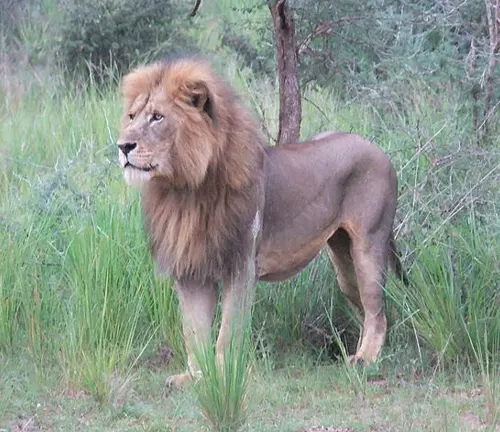
TheNortheast Congo Lions, scientifically known as Panthera leo, stands as one of the most iconic and charismatic species on the African continent. Revered for its strength, beauty, and regal demeanor, this magnificent feline has captivated the hearts of many across the globe.
Habitat and Distribution
Savannahs and Grasslands
The savannahs and grasslands of the Northeast Congo Lions’s habitat are expansive and diverse ecosystems that stretch across the central regions of the African continent. These vast landscapes are characterized by wide-open plains, scattered with acacia trees and other vegetation, providing the perfect environment for the Northeast Congo Lions to thrive. The grasslands are typically dominated by tall grasses, creating ideal hunting grounds for these apex predators to stalk and ambush their prey. The savannahs also offer ample space for lions to roam and establish territories, which they defend fiercely against rival prides and intruders. Within these habitats, lions find abundant prey such as zebras, wildebeests, and various antelope species, sustaining their populations and ensuring their survival in the wild.
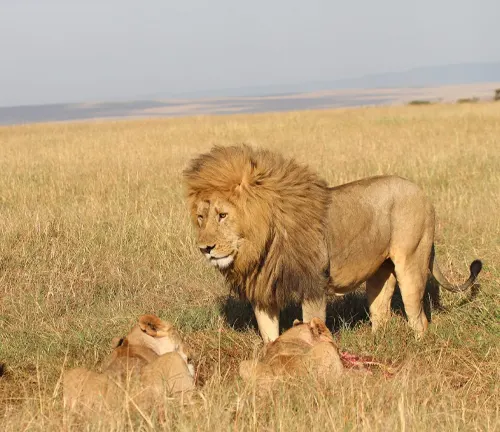
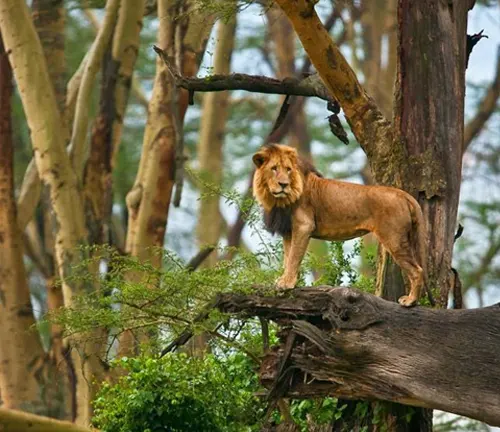
Forest Regions
Northeast Congo Lions also inhabit forest regions within their range. These forested areas are characterized by dense vegetation, towering trees, and a rich diversity of plant and animal species. While not as common as their presence in savannah habitats, lions have adapted to thrive in these forested environments, showcasing their remarkable versatility as apex predators. Within the forest regions, lions may navigate through dense undergrowth and utilize the cover of foliage for stealthy hunting and ambush tactics. Prey species in these areas may include smaller mammals, such as forest antelope and primates, providing alternative food sources for lions dwelling in forest habitats.
Physical Characteristics
The Northeast Congo Lions, Panthera leo azandica, boasts a set of distinctive physical characteristics that set it apart as one of Africa’s most iconic predators.
Size and Weight
Males of the species typically weigh up to 250 kilograms (550 pounds), while females are slightly smaller, averaging around 180 kilograms (400 pounds). These dimensions make the Northeast Congo Lions one of the largest carnivores on the continent, exuding an aura of power and dominance.
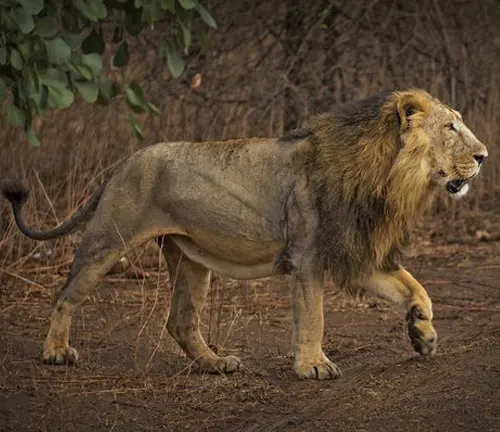
Mane Variations
One of the most recognizable features of male Northeast Congo Lions is their majestic mane, which varies in color and size depending on the individual and its environment. Some males display thick, dark manes that cascade down their necks and shoulders, while others may have lighter or sparser manes. The mane serves as both a symbol of maturity and a means of intimidation, enhancing the lion’s imposing presence during confrontations with rivals.
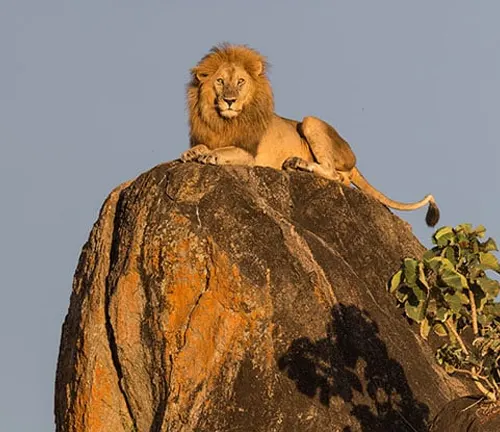
Coat Color and Texture
The coat of the Northeast Congo Lions is typically tawny or golden-yellow in color, blending seamlessly with the grasslands and savannahs where they roam. The fur is short and dense, providing insulation against the elements while allowing for freedom of movement during hunting and other activities.
Muscular Build
Northeast Congo Lions are renowned for their muscular build and powerful physique, which enables them to take down prey many times their size. Their strong legs and shoulders, coupled with sharp claws and formidable jaws, make them formidable predators capable of bringing down large ungulates with ease.
Facial Features
The face of theNortheast Congo Lions is characterized by a broad muzzle, strong jaws, and piercing eyes that exude intelligence and intensity. Their whiskers are highly sensitive, aiding in tactile communication and precise movements during hunting and social interactions.
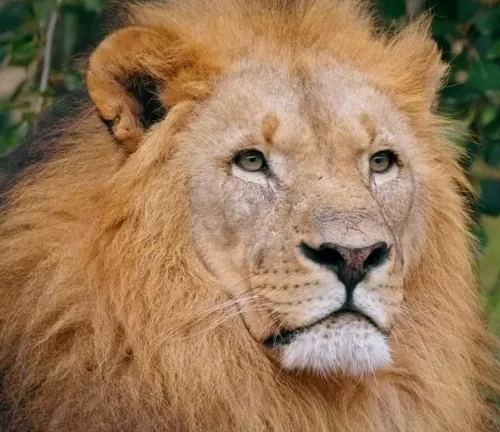
Behavior and Social Structure
Hunting Patterns
Northeast Congo Lions are highly skilled hunters, often relying on teamwork and coordination to secure prey. They exhibit both nocturnal and diurnal hunting patterns, with peak activity periods occurring during the cooler hours of dawn and dusk. Lions employ various hunting techniques, including stalking, ambushes, and coordinated group attacks, to capture a wide range of prey species such as zebras, wildebeests, and antelopes.
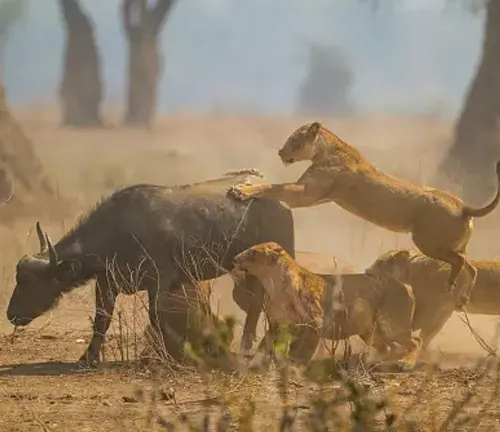
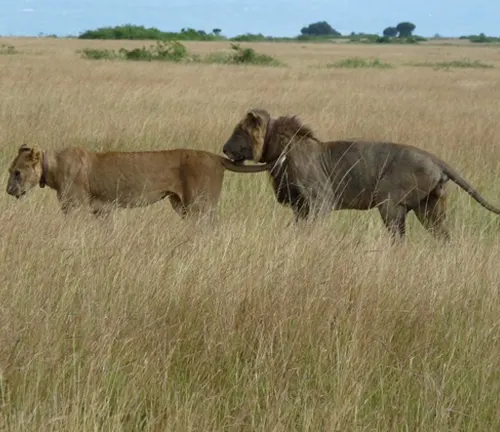
Group Dynamics
One of the most notable aspects of Northeast Congo Lions behavior is their social structure, centered around pride life. A pride typically consists of related females, their offspring, and one or more dominant males who have established their authority within the group. These prides form tight-knit social bonds, with individuals engaging in grooming, playing, and resting together. Male lions may also form coalitions with unrelated males to defend territories and mating rights, contributing to the stability and cohesion of the pride.
Territorial Behavior
Northeast Congo Lions are territorial animals, with prides defending exclusive ranges that encompass vital resources such as water sources, food, and shelter. Males play a crucial role in patrolling and marking the boundaries of their territories through scent marking and vocalizations, deterring rival prides and maintaining dominance within their domain.
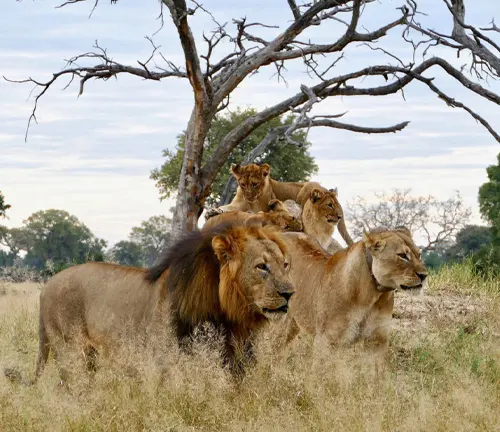
Reproductive Strategies
Reproduction within a pride is typically monopolized by one or more dominant males, who mate with multiple females to ensure their genetic legacy. Female lions give birth to litters of one to six cubs, which are raised cooperatively within the pride. Lionesses exhibit exceptional maternal care, nursing and protecting their young until they are old enough to join hunting expeditions and contribute to the pride’s activities.

Communication
Northeast Congo Lions communicate through a variety of vocalizations, including roars, growls, grunts, and snarls, which serve as means of establishing dominance, coordinating hunts, and maintaining social cohesion within the pride. Body language, such as facial expressions, postures, and tail movements, also plays a crucial role in lion communication, conveying information about mood, intentions, and social status.
Diet and Hunting
The diet and hunting behavior of the Northeast Congo Lions, Panthera leo azandica, are central to their survival as apex predators in their native habitats.
Prey Selection
Northeast Congo Lions are opportunistic carnivores, preying on a variety of ungulate species found in their range. Their preferred prey includes herbivores such as zebras, wildebeests, antelopes, and buffalo, which are abundant in the grasslands and savannahs where they reside. Lions may also target smaller mammals like warthogs and gazelles when larger prey is scarce.
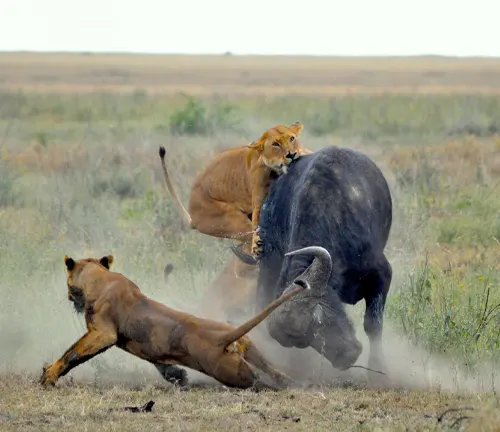
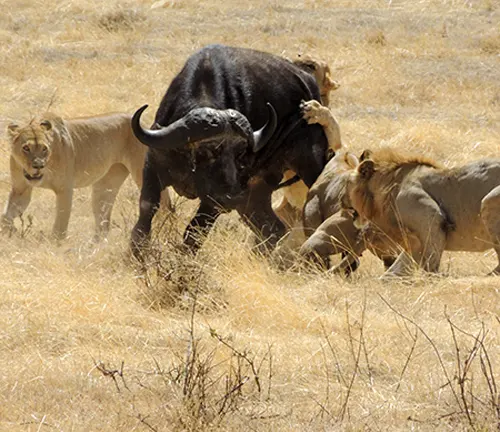
Hunting Techniques
Lions employ a combination of stealth, speed, and teamwork to hunt and capture their prey. They often rely on the cover of tall grasses or dense vegetation to conceal their approach, using the element of surprise to get close to their target. Once within striking distance, lions unleash bursts of speed to chase down their prey, relying on their powerful muscles and sharp claws to deliver fatal blows.
Coordinated Attacks
While solitary hunting is not uncommon, Northeast Congo Lions are more successful when hunting in groups, particularly within prides. Cooperative hunting allows lions to coordinate their efforts, surround their prey, and execute strategic maneuvers to increase their chances of a successful kill. During group hunts, individuals may take on specialized roles, with some lions acting as drivers to flush out prey, while others lie in wait to ambush or chase down fleeing animals.
Killing and Feeding
Once a prey animal is captured, lions quickly immobilize it with powerful bites to the neck or throat, suffocating their victim and preventing it from escaping. After making the kill, lions gorge themselves on the fresh meat, tearing into the carcass with their sharp teeth and claws. They may consume large quantities of meat in a single feeding session, often leaving little behind for scavengers.
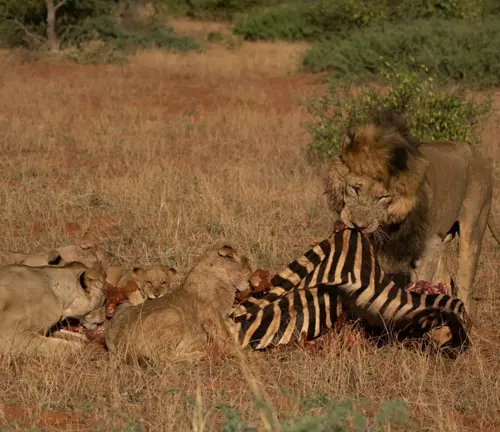
Scavenging
In addition to hunting,Northeast Congo Lions are also adept scavengers, opportunistically feeding on carrion left behind by other predators or natural causes. Scavenging provides lions with an additional source of food and allows them to conserve energy when prey is scarce or difficult to hunt.
Conservation Status
Habitat Protection and Restoration
Preserving the natural habitats of Northeast Congo Lions is crucial for their long-term survival. Efforts to protect and restore lion habitats, such as establishing protected areas and wildlife corridors, are essential for maintaining viable populations and ensuring the species’ ecological integrity.
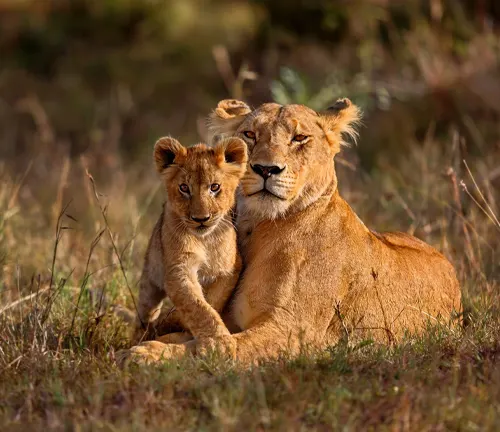

Community Engagement and Education
Involving local communities in lion conservation efforts is vital for fostering support and cooperation. Community-based initiatives that promote sustainable livelihoods, raise awareness about the importance of lions, and mitigate human-wildlife conflicts can help reduce threats to lion populations and foster coexistence between humans and lions.
Anti-Poaching Measures and Law Enforcement
Combatting poaching and illegal wildlife trade is essential for curbing the decline of Northeast Congo Lionspopulations. Strengthening law enforcement efforts, implementing anti-poaching patrols, and enhancing penalties for wildlife crimes can deter poachers and protect lions from illegal hunting and trafficking activities.
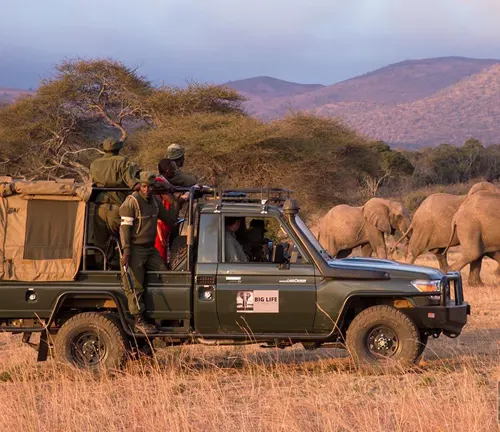
Tourism and Ecotourism
Safari Opportunities
Offering guided safari experiences provides tourists with the opportunity to observe Northeast Congo Lionsand other wildlife in their natural habitat. Responsible safari tourism can generate revenue for local communities and conservation efforts, while also raising awareness about the importance of protecting lions and their ecosystems.
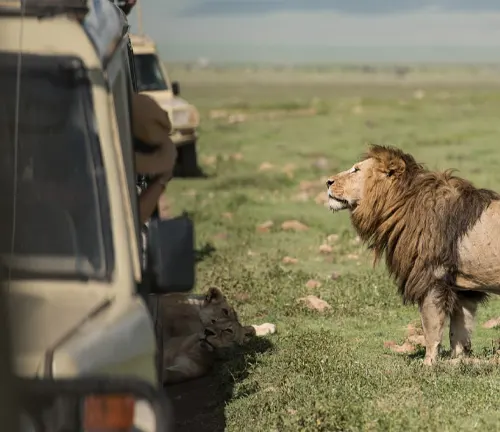
Economic Impact
Ecotourism initiatives centered around Northeast Congo Lions conservation can have a significant economic impact on local communities. Revenue generated from tourism activities, such as guided safaris, accommodation, and wildlife viewing fees, can contribute to local economies, provide employment opportunities, and incentivize communities to participate in lion conservation efforts.
Different Species
Panthera leo azandica
Also known as the Northeast Congo lion or the Azande lion, this subspecies is native to the northeastern regions of the Democratic Republic of the Congo (DRC) and parts of South Sudan. It is considered one of the subspecies of the Northeast Congo Lions.
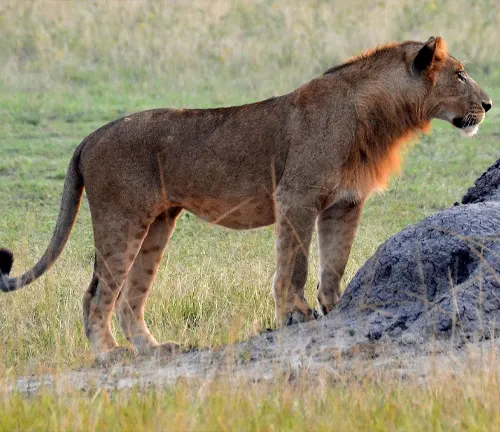
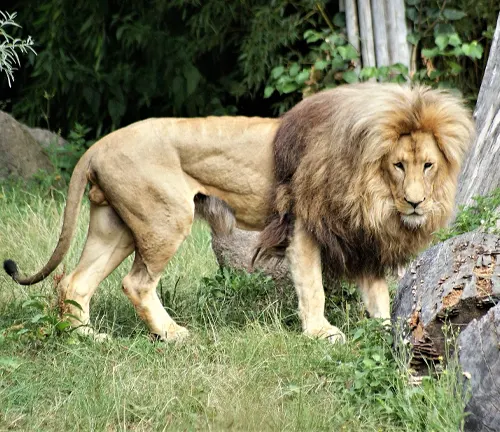
Panthera leo bleyenberghi
Commonly referred to as the Katanga lion or Southwest African lion, this subspecies historically inhabited the Katanga region of the Democratic Republic of the Congo, as well as parts of Zambia and Angola.
Panthera leo vernayi
Also known as the Abyssinian lion or Ethiopian lion, this subspecies was once found in Ethiopia and possibly other parts of East Africa. While its historic range extended into Central Africa, it is now considered extinct in the wild.
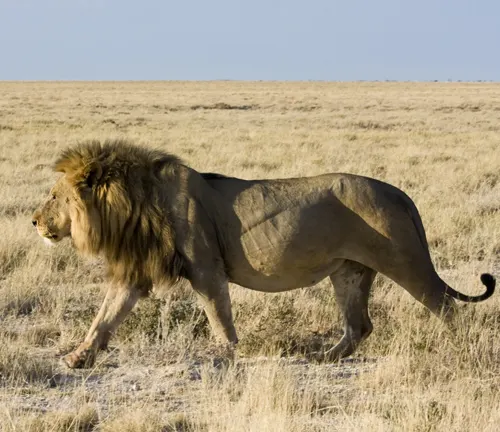
Frequently Asked Question (FAQs)
- Are Northeast Congo Lions a separate species or a subspecies?
Northeast Congo Lions are considered a subspecies of the African lion (Panthera leo), distinct from other lion populations due to genetic and morphological differences. - How does the Northeast Congo Lion differ from other lion subspecies?
The Northeast Congo Lion exhibits variations in size, mane size, and coat color compared to other lion subspecies. It also has unique adaptations to its forest habitat. - What is the primary prey of the Northeast Congo Lion?
The primary prey of the Northeast Congo Lion includes forest-dwelling ungulates such as forest buffalo, duikers, and occasionally primates. - Do Northeast Congo Lions live in prides like other lions?
Yes, Northeast Congo Lions typically live in prides consisting of several related females and their offspring, led by a dominant male. - What are the main threats to the survival of Northeast Congo Lions?
The main threats to the survival of Northeast Congo Lions include habitat loss due to deforestation, poaching for bushmeat and traditional medicine, and human-wildlife conflict. - How many Northeast Congo Lions are estimated to be left in the wild?
Exact population numbers are difficult to ascertain, but conservationists estimate a decline in lion numbers across their range, with Northeast Congo Lions facing similar challenges. - Are there any conservation efforts specifically targeted towards protecting Northeast Congo Lions?
Yes, there are conservation efforts focused on protecting Northeast Congo Lions, including habitat restoration, anti-poaching patrols, and community-based conservation initiatives. - What role do Northeast Congo Lions play in their ecosystem?
Northeast Congo Lions play a crucial role in regulating prey populations and maintaining ecosystem balance in their forest habitat. - Are there any known interactions between Northeast Congo Lions and other wildlife species in their habitat?
Yes, Northeast Congo Lions interact with various wildlife species in their habitat, including competing with other predators and influencing the behavior of prey species. - Do Northeast Congo Lions have any unique behavioral adaptations to their forest habitat?
Yes, Northeast Congo Lions have developed unique hunting strategies and social behaviors adapted to navigating the dense vegetation of their forest habitat. - How does the cultural significance of the Northeast Congo Lion vary among different indigenous communities in its range?
The cultural significance of the Northeast Congo Lion varies among indigenous communities, with some viewing it as a symbol of strength and power, while others incorporate it into traditional rituals and beliefs. - What research is currently being conducted on Northeast Congo Lions?
Current research on Northeast Congo Lions focuses on understanding their population dynamics, genetic diversity, behavior, and ecological role within their ecosystem. - Are there any legal protections in place for Northeast Congo Lions?
Legal protections for Northeast Congo Lions vary depending on the country, but they may be protected under national wildlife conservation laws and international agreements. - How can individuals support conservation efforts for Northeast Congo Lions?
Individuals can support conservation efforts for Northeast Congo Lions by donating to reputable conservation organizations, raising awareness about their plight, and advocating for policies that protect their habitat. - What are the prospects for the long-term survival of Northeast Congo Lions?
The long-term survival of Northeast Congo Lions depends on effective conservation measures to address threats to their habitat and population, along with sustainable management practices and community involvement.


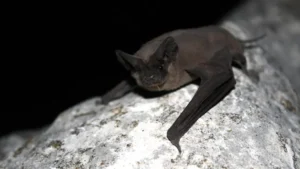

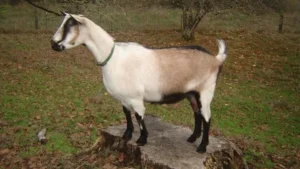
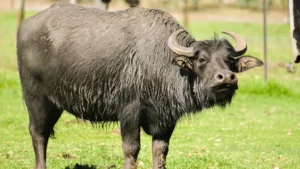
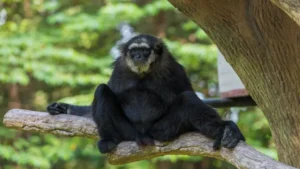



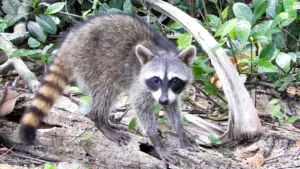

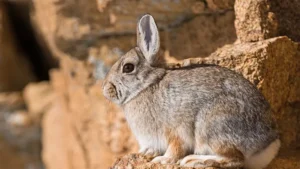
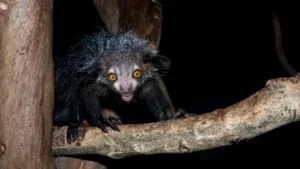
Forestry.com is a very good sight I love it so much. It helps with my research in my classes. It can't get any better than this.
haleigh
April 9, 2024 5:23 pm